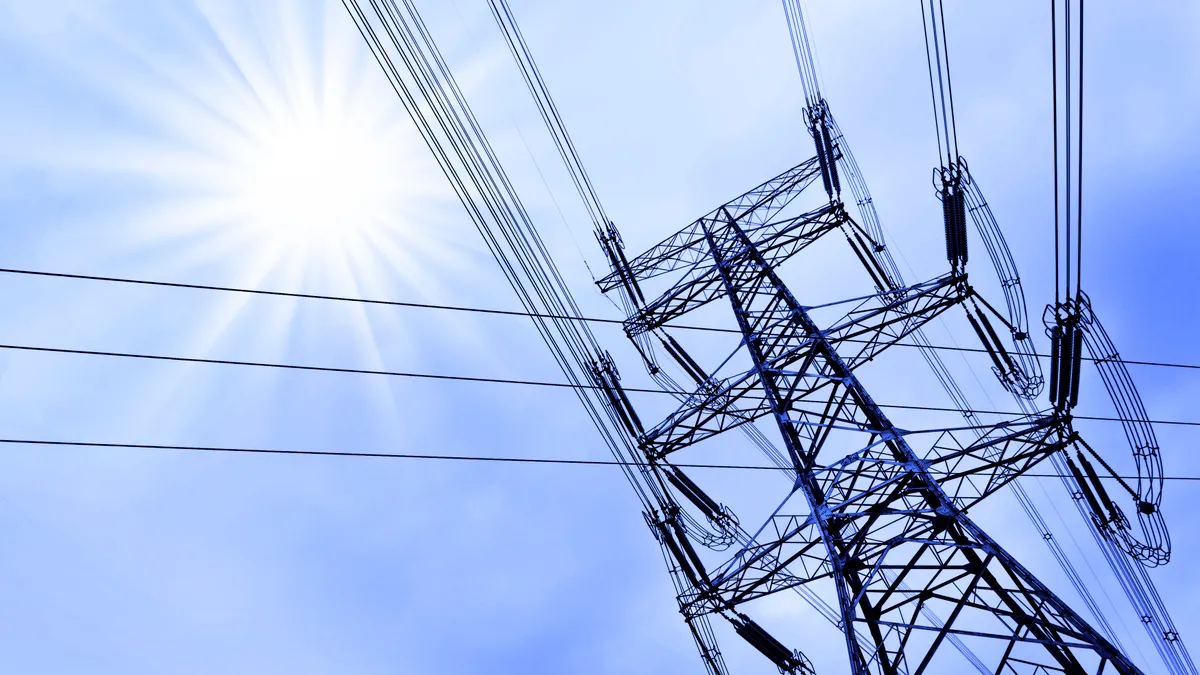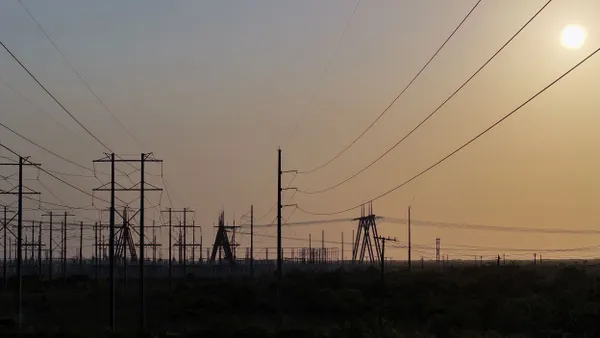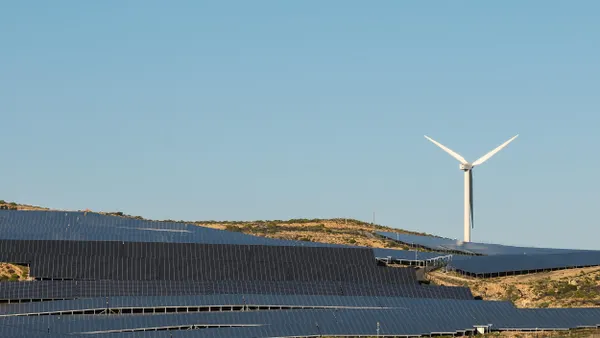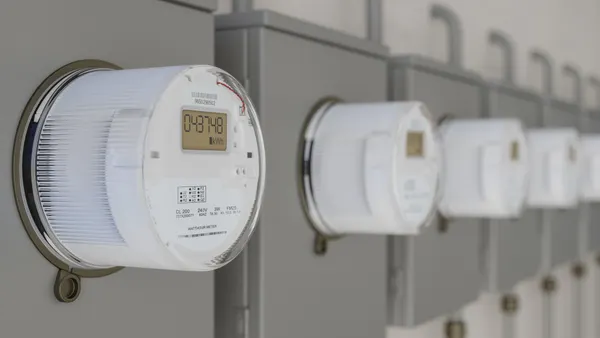Dive Brief:
- Electricity prices surged 10.2% for the year through March, more than double the 5% inflation rate, the U.S. Bureau of Labor Statistics reported Wednesday.
- But electricity prices fell 0.7% in March, the steepest decline since January 2021, BLS said, suggesting that prices may have peaked. Electricity prices rose in each of the previous six months.
- The U.S. Energy Information Administration projects lower electricity prices in the second quarter and BLS said prices for natural gas, which accounts for much of the fuel used by generators, declined 7.1% in March, following an 8% decline in February.
Dive Insight:
Electricity price increases have slowed since 2022 when consumers paid 14.3% more than in 2021, reflecting a decline in overall inflation that peaked last June at 9.1%.
Electric demand in the second quarter is down about 1% from the same period last year, according to EIA. Lower demand largely reflects the agency’s expectation for temperatures that are milder than last year.
“Less demand, along with growing generation from renewable energy sources and lower natural gas prices, significantly lower electric power prices in our forecast for 2Q23 and 3Q23 compared with the same periods in 2022,” EIA said.
EIA forecasts that the Henry Hub natural gas spot price will average about $2.65 per million British thermal units in the second quarter as inventories begin to rise. With inventories remaining above the five-year average this year, the agency said it expects natural gas prices to average less than $3/MMBtu for 2023, a more than 50% decrease from last year.
Mike Doyle, senior equity analyst for utilities at Edward Jones, said as natural gas prices fall, “we should continue to see relief.”
However, the price of electricity will be higher to reflect investments by utilities to boost resilience, keep pace with growth in certain areas of the U.S. and shift to renewables, he said Wednesday in an interview. “That piece of it will still show an increase year-over-year,” Doyle said.
Tyson Slocum, director of Public Citizen's Energy Program, cited liquefied natural gas exports displacing pipeline natural gas exports from Russia to Europe as another factor in electricity prices. EIA said last month that mild winter temperatures and fuller-than-average storage resulted this year in reduced LNG prices.
As a result, domestic gas prices are “directly tethered” to international events such as Russia’s invasion of Ukraine, he said.
Paul Cicio, chair of the Electricity Transmission Competition Coalition, blamed the Federal Energy Regulatory Commission for high electricity prices. The agency, he said, “continues to abdicate its responsibility to require transmission projects be competitively bid.”
“For the sake of the consumer, I hope that FERC will look at these inflation numbers and support transmission competition to bring lower electricity prices to Americans across the country,” Cicio said in a statement.
FERC did not respond to a request for comment.
Cicio cited a March 24 decision by the Iowa Supreme Court halting a law giving incumbent utilities a right-of-first-refusal for building transmission lines. The legal dispute is part of a broader fight at the federal and state levels over who may build and own regional transmission projects to support grid reliability and the shift toward renewable energy.
Doyle said he does not see competition in transmission build-outs leading to a “significant difference” in prices.
Incumbent utilities have power lines in place and although greater investment in transmission is needed, siting is often difficult where organized opposition seeks to scuttle projects, he said.
Mark Wolfe, executive director of the National Energy Assistance Directors’ Association, said higher electricity prices are squeezing utility customers.
“The situation is getting worse as utility bills remain high and families are getting hit [by] rising prices for food and shelter,” he said in an email. “In addition, federal stimulus payments are ending, putting families [at] greater risk of falling behind on essential bills.”
Prices did not rise in all energy sectors. Inflation’s pullback in March was helped by a 17.4% decline in gasoline prices coming off last year’s record highs in response to increased demand at the end of pandemic restrictions and global markets roiled by Russia’s invasion of Ukraine.














